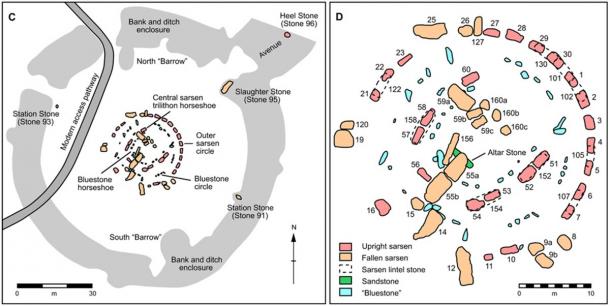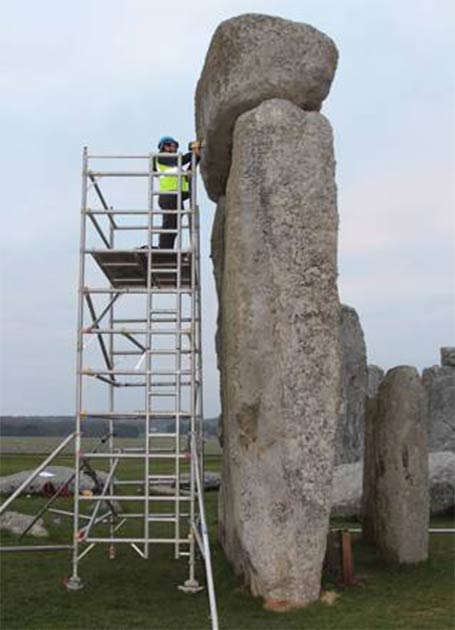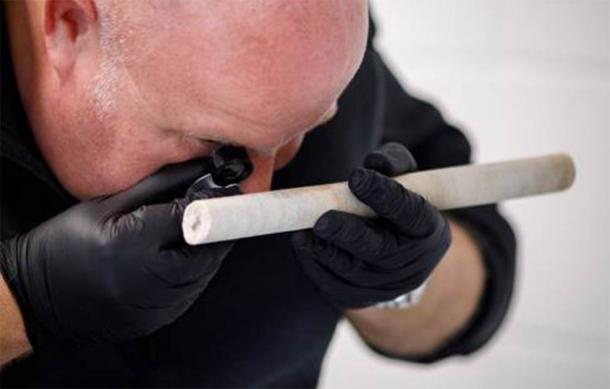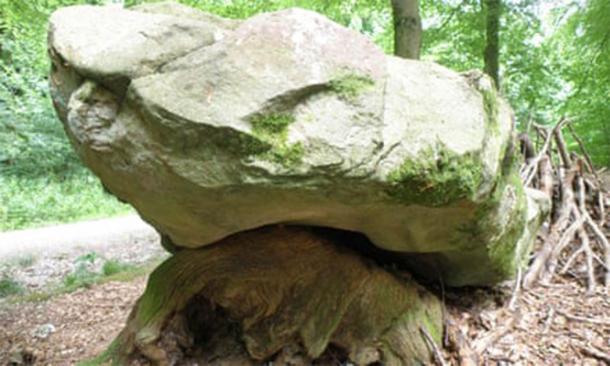After years of uncertainty, experts have now solved the mystery of exactly where most of the Stonehenge sarsen stones came from, made possible through the return of a missing fragment of one of the giant stones and breakthrough technology. Now researchers are better able to reconstruct the history of the world-famous prehistoric site and how it was built.
Stonehenge, in Wiltshire, England, is a UNESCO World Heritage site and it dates back to the Neolithic period, around 2500 BC. It is located on Salisbury Plain and consists of a series of standing stones set in rings and it was once at the centre of a ceremonial landscape. Archaeologists believe that a number of large Stone Age settlements were adjacent to the monument. Now a team of British researchers have been able to investigate precisely the source of the massive stones.
The Enigma of the Sarsen Stones
The origins of the stones used in the structure have been debated for centuries. It has been known for a while that the 42 smaller so-called ‘bluestones’ came from Preseli hills in Pembrokeshire, Wales, a substantial distance away. But the source of the massive blocks known as sarsens was still unknown. As the team of researchers wrote in Science Advances that, “the origins of the sarsen (silcrete) megaliths that form the primary architecture of Stonehenge remain unknown”.

Left, Plan of Stonehenge showing the area of the monument enclosed by earthworks plus numbered peripheral sarsen stones. Right, Detail of the main Stonehenge monument showing the remaining bluestones and numbered sarsen stones. (Image: David Nash, University of Brighton / Science Advances )
David Nash, one of the study’s lead authors is quoted by Reuters as saying that, “The sarsen stones make up the iconic outer circle and central trilithon (two vertical stones supporting a horizontal stone) horseshoe at Stonehenge”. Some stand up to 30 feet (9.2 m) tall and weigh up to 30 tonnes. No one knows how they got to the site. Nash stated that, “Given the size of the stones, they must have either been dragged or moved on rollers to Stonehenge”.
Researchers told the Daily Mail , “It has long been assumed that the sandstone blocks came from Marlborough Downs, — but the theory had never been put to a rigorous test”.
To test the source of the stones, the experts used a non-destructive X-ray to understand the geochemical make-up of the sarsens and they found that 50 of them had the same chemical consistency and indicated that they came from a single area. For comparison, other sarsen stones, from other six sites, including, West Woods in Marlborough Downs were also tested.

Dr Jake Ciborowski analysing a sarsen lintel stone using a portable x ray fluorescence spectrometer. (Image: Professor David Nash / University of Brighton )
Missing Key to the Sarsen Stones
Next, the team analysed the core of one of the sarsen stones, this had been missing until two years ago. It had been removed from a megalith, known as number 58 along, by a firm who were repairing damaged monuments with metal ties in the 1950s. An employee of the firm, Robert Phillips kept one of the cores and took it with him when he emigrated to America and it was only returned to England two years ago, after his death at the age of nearly 90.

Professor David Nash analysing the sarsen core extracted from Stone 58 at Stonehenge. (Image: Sam Frost, English Heritage )
The BBC quotes Prof Nash as saying that, “Each outcrop was found to have a different geochemical signature, but it was the chance to test the returned core that enabled us to determine the source area for the Stonehenge sarsens.” The fragment could be analysed using a destructive test, unlike the stones that form part of the prehistoric structure.
The data from the core was identical to samples taken from sarsens found at West Woods in Marlborough Downs, just 15 miles (26 km) from Salisbury Plain, where Stonehenge stands. The woods have many standing stones and a barrow and it has been suggested that it was once a sacred site.
Now experts are convinced this is where the majority of the stones originated. Historian Susan Greaney, who participated in the study, told the Daily Mail that “They wanted the biggest, most substantial stones they could find and it made sense to get them from as nearby as possible.”

A large sarsen stone at West Woods, the probable source of most of the sarsens used to construct Stonehenge. (Image: Katy A Whitaker / University of Reading )
The chemical analysis can also help to pinpoint the route of the stones to Salisbury Plain. The researchers wrote in Science Advances that, “Our results further help to constrain the most likely route along which the sarsens were transported to Stonehenge”. They have identified three potential routes from West Woods.
The New Mystery
The team are grateful for the return of the missing core once on display in Mr Phillips office. According to the New Scientist , Prof Hill stated that “We didn’t expect we would ever find the original source area.” However, the returned core was critical and allowed them to identify the source of the sarsens.
However, while the researchers have solved one mystery, another mystery has emerged. Two of the sarsen stones did not originate from West Woods. Prof Hill noted that they were “different to that main cluster, but also different to each other” says Nash according to the New Scientist . This suggests they have two separate origins. No one knows why the builders of Stonehenge did this. More research will no doubt be carried out in the future to solve this new mystery.
Top image: Origins of the sarsen stones is finally pinpointed. Source: Alexey Fedorenko / Adobe Stock
By Ed Whelan
Related posts:
Views: 0
 RSS Feed
RSS Feed
















 July 30th, 2020
July 30th, 2020  Awake Goy
Awake Goy  Posted in
Posted in  Tags:
Tags: 
















